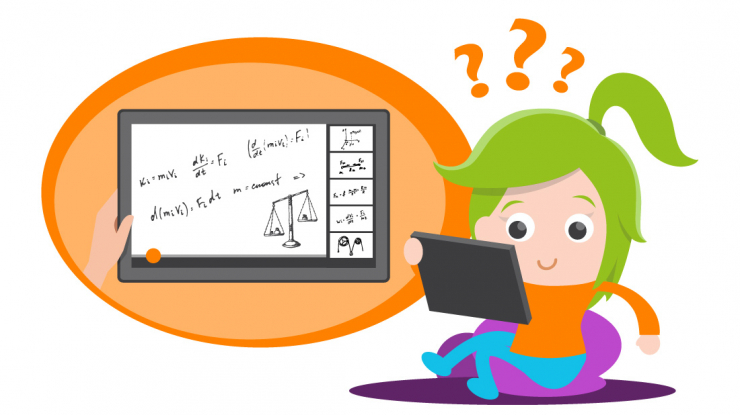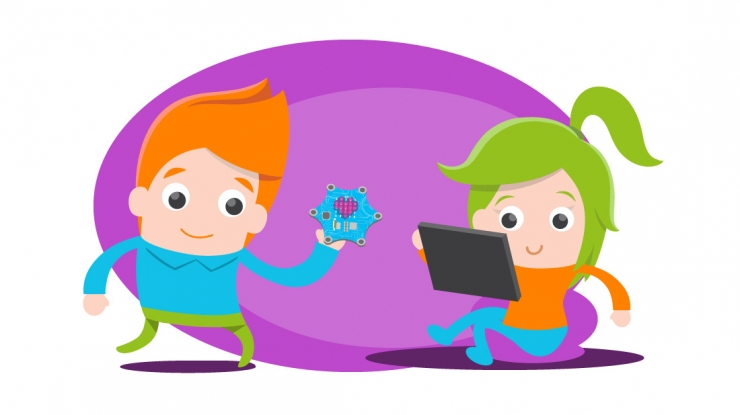
What kinds of stuff are private, actually? Who should know my cell phone number? What do I have to pay attention to when using the Web? In a first step, the learning group or class should brainstorm together (with a moderator) about what privacy is and when, how and why it’s important to protect one’s privacy. Then, in small groups, the children formulate and concise tips that they can present to others on a (digitally) self-designed poster, for example.
To do so, the children gather around several tables in groups and discuss their opinions and experiences on the subject of privacy. “What should I pay attention to? What techniques or people can I turn to regarding important issues?”
Then, the children create visuals for their tips in the form of drawings, sketches or pictograms. The resulting posters are then presented to the class and discussed once again.
- Do you know what privacy means?
- What is personal information anyway?
- Have you ever changed your security settings on your phone?
- Do you think it’s a good thing that everyone is always taking pictures?
Social form: Group discussion
Social form: Group work
Social form: Presentation to whole class
This project idea can be used by educational institutions for pursuing the following learning objectives in these general skill areas:
 The children and young people learn step by step how to produce a film.
Learning with moving pictures
The children and young people learn step by step how to produce a film.
Learning with moving pictures
 The project idea introduces the subject of coding in a playful and low-threshold way.
Simple programming
The project idea introduces the subject of coding in a playful and low-threshold way.
Simple programming

